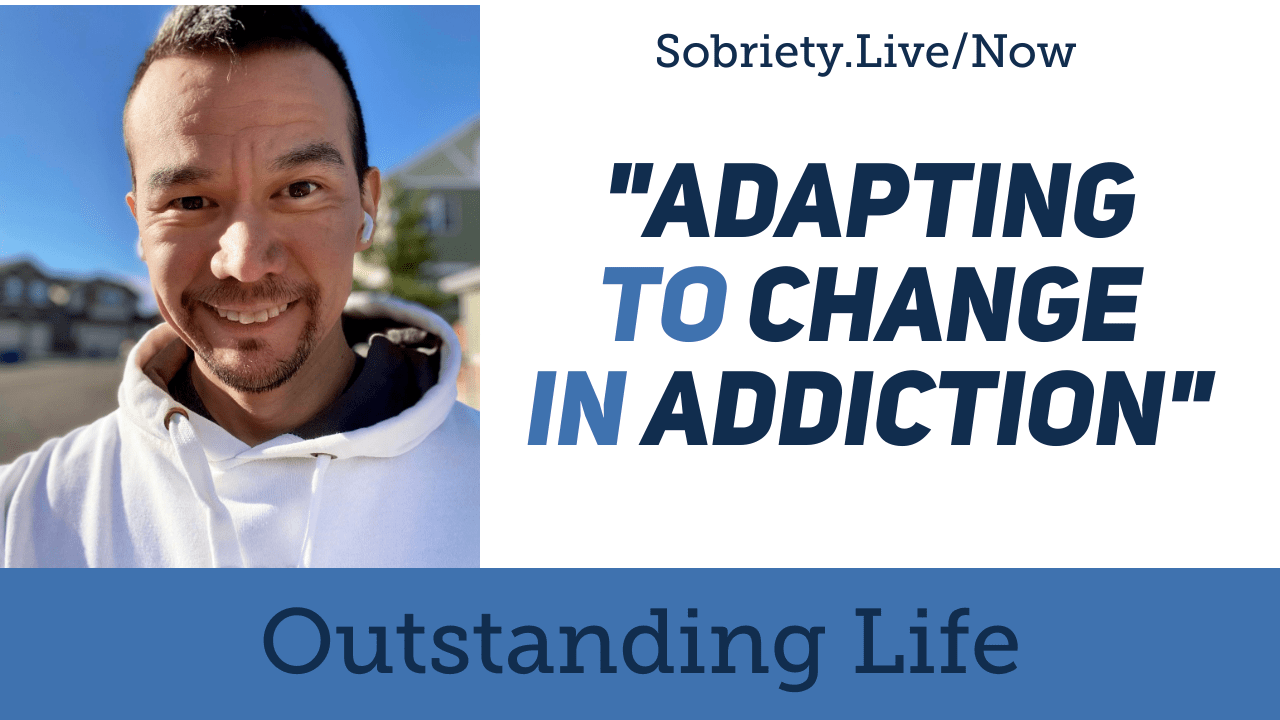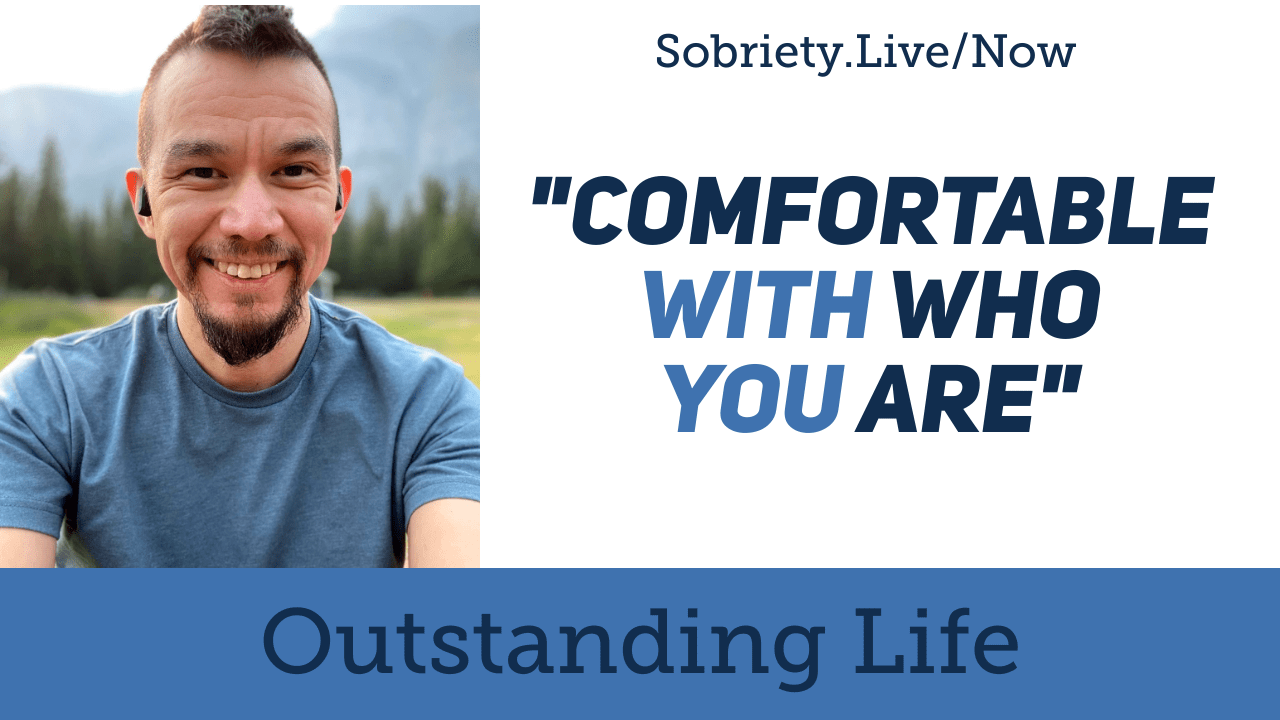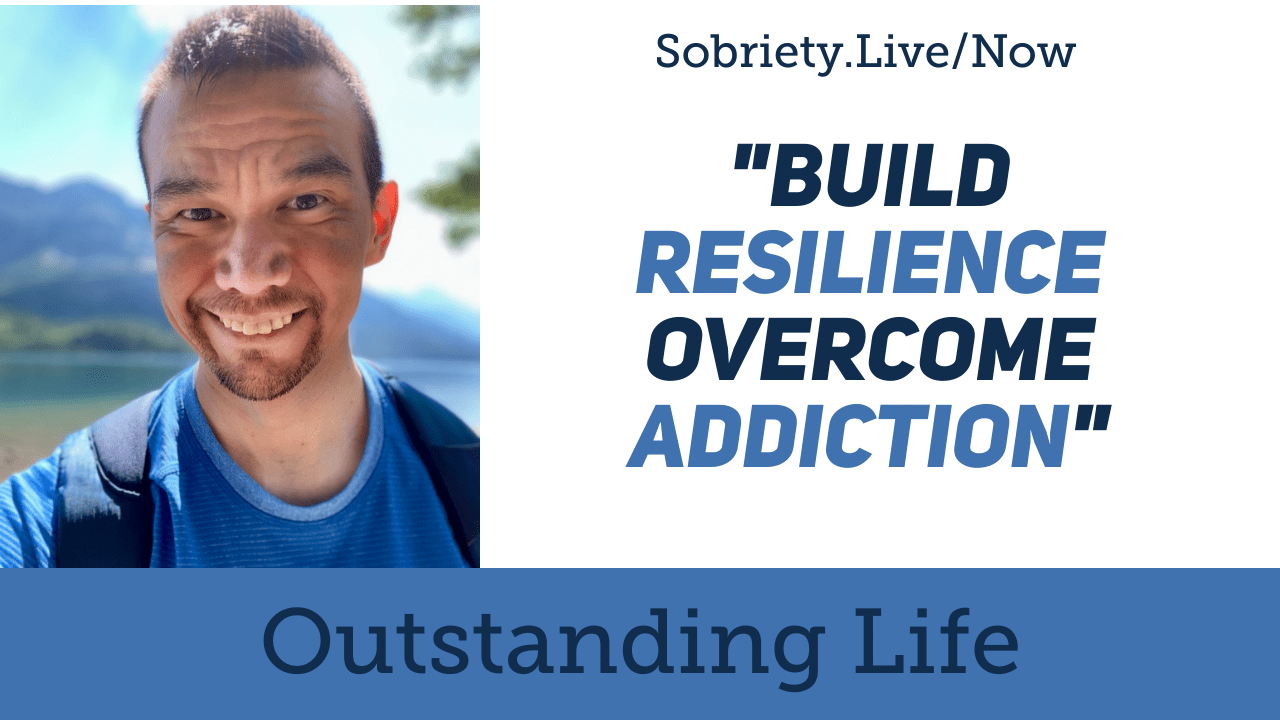How to Apply Jim Rohn’s Teachings for Lasting Addiction Recovery
How to Apply Jim Rohn’s Teachings for Lasting Addiction Recovery
As a recovering addict, I know firsthand how difficult it can be to overcome addiction. However, with the help of Jim Rohn’s teachings, I have been able to break free from the cycle of addiction and achieve a healthier and more fulfilling life. In this essay, I’ll share my personal anecdotes and provide a step-by-step guide on how to apply Jim Rohn’s principles to addiction recovery.
Personal Responsibility
The first principle of Jim Rohn’s teachings that we’ll cover is personal responsibility. Taking responsibility for our own lives and actions is crucial for personal growth and development. In addiction recovery, personal responsibility means acknowledging that we have the power to change our lives and overcome addiction. It involves taking ownership of our recovery journey and committing to making positive changes.
For me, taking personal responsibility meant accepting that I had a problem and that I needed help. It meant acknowledging the mistakes I had made in the past and making amends to those I had hurt. I committed to attending support group meetings, seeking professional help, and tracking my progress regularly.
By taking responsibility for their recovery, individuals can break free from the cycle of addiction and achieve a healthier and more fulfilling life. It’s important to set clear recovery goals, commit to a specific plan of action, practice self-care, seek professional help when needed, and track progress regularly.
Positive Thinking
The second principle of Jim Rohn’s teachings that we’ll cover is positive thinking. Positive thinking and visualization are powerful tools for creating a more positive and optimistic mindset. In addiction recovery, positive thinking can help individuals believe in their ability to overcome addiction and stay sober. Visualization can help them create a clear vision of their recovery goals and stay motivated.
For me, practicing positive thinking meant focusing on positive outcomes and practicing positive affirmations. I would visualize myself achieving my recovery goals and remind myself of the progress I had already made. By doing so, I was able to strengthen my mindset and build resilience, which helped me overcome addiction and stay sober.
By practicing positive thinking and visualization, individuals can strengthen their mindset and build resilience, which can help them overcome addiction and stay sober. It’s important to focus on positive outcomes, believe in the ability to overcome addiction, and practice positive affirmations regularly.
Personal Growth and Development
The third principle of Jim Rohn’s teachings that we’ll cover is personal growth and development. Prioritizing personal growth and development is essential for achieving success and fulfillment in life. In addiction recovery, personal growth and development can provide individuals with new skills, tools, and perspectives to support their sobriety and well-being.
For me, prioritizing personal growth and development meant setting aside time for activities that supported my recovery goals, such as mindfulness and stress management. It also meant committing to lifelong learning and self-improvement, such as attending workshops and reading books on addiction recovery.
By committing to lifelong learning and self-improvement, individuals can become the best version of themselves and achieve their full potential in recovery and life. It’s important to focus on areas that support recovery goals, such as mindfulness, stress management, or communication skills.
Goal Setting
The fourth principle of Jim Rohn’s teachings that we’ll cover is goal setting. Setting clear and specific goals is essential for achieving success and fulfillment in life. In addiction recovery, setting clear recovery goals and taking actionable steps to achieve them can help individuals stay motivated and focused on their sobriety.
For me, setting clear recovery goals meant breaking them down into actionable steps and tracking my progress regularly. I would celebrate my successes and stay motivated by reminding myself of the progress I had already made. By doing so, I was able to stay motivated and focused on my sobriety goals.
By setting clear and specific recovery goals, individuals can stay motivated and focused on their sobriety, which can help them break free from the cycle of addiction. It’s important to set clear and specific recovery goals, break them down into actionable steps, track progress regularly, and celebrate successes.
Relationships
The fifth principle of Jim Rohn’s teachings that we’ll cover is relationships. Our relationships with others are a key component of our happiness and success in life. In addiction recovery, prioritizing healthy relationships and seeking support from others who understand and support our recovery journey can be instrumental in staying sober.
For me, building a support system of friends, family members, or peers who understood and supported my recovery journey was critical. I attended support group meetings, sought professional counseling when needed, and practiced effective communication skills and set healthy boundaries in my relationships.
By prioritizing healthy relationships and building a support system, individuals can feel less alone in their recovery journey and have access to the resources they need to stay sober. It’s important to build a support system of friends, family members, or peers who understand and support your recovery journey, attend support group meetings, seek professional counseling if needed, and practice effective communication skills and set healthy boundaries in relationships.
Adapting to Change
The sixth and final principle of Jim Rohn’s teachings that we’ll cover is adapting to change. Accepting and adapting to life’s changes is essential for growth and development. In addiction recovery, accepting the reality of the recovery journey and adapting to changes along the way can help individuals stay motivated and committed to their sobriety goals.
For me, developing a growth mindset and learning to see setbacks as opportunities for learning and growth was critical. I practiced self-compassion and reminded myself that recovery is a journey, not a destination. By accepting and adapting to the changing seasons of my recovery journey, I was able to stay motivated and resilient in the face of challenges and achieve long-term sobriety.
By accepting and adapting to the changing seasons of their recovery journey, individuals can stay motivated and resilient in the face of challenges and achieve long-term sobriety. It’s important to develop a growth mindset, learn to see setbacks as opportunities for learning and growth, practice self-compassion, and remind oneself that recovery is a journey, not a destination.
Conclusion
In conclusion, Jim Rohn’s teachings offer valuable insights and practical strategies for addiction recovery. By following the core principles of personal responsibility, positive thinking, personal growth and development, goal setting, relationships, and adapting to change, individuals can break free from addiction and achieve a healthier and more fulfilling life.
It’s essential to take actionable steps, commit to continuous growth and development, and remain motivated and focused on sobriety goals. By applying Jim Rohn’s teachings, individuals can find new perspectives and tools to support their sobriety and well-being.
If you’re struggling with addiction recovery and want to learn more about how to apply Jim Rohn’s teachings, please don’t hesitate to reach out to me on my social media platforms. Together, we can break free from the cycle of addiction and achieve a healthier and more fulfilling life.















You must be logged in to post a comment.